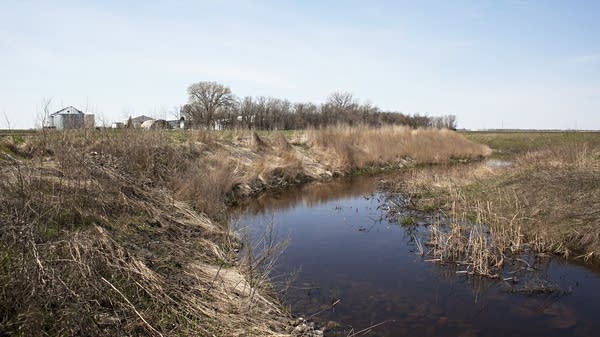Most Minn. farms will meet buffer deadline for protecting water

Most Minnesota farmers are complying with the first phase of a law designed to protect water from pollution.
Passed two years ago, the law requires a vegetative buffer, usually grass, between farmland and public waters such as streams, lakes and wetlands.
The deadline to have the buffers installed is Nov. 1.
State agriculture officials say with just a few weeks left buffers are in place on 94 percent of the land requiring the protective strips.
Create a More Connected Minnesota
MPR News is your trusted resource for the news you need. With your support, MPR News brings accessible, courageous journalism and authentic conversation to everyone - free of paywalls and barriers. Your gift makes a difference.
"Sure, they grumble a little bit, there's no question about that," said state Agriculture Commissioner Dave Frederickson. "But at the end of the day I think the 94 percent is indicative of how farmers and ranchers have stepped up to do the right thing."
Farmers who don't comply could face financial penalties. The buffers are designed to filter out the soil and pollutants contained in farm field runoff before it enters public waters.
Those who can't meet the November deadline can get an eight-month waiver by filing a buffer plan with their local soil and water conservation district office.
The second phase of the buffer law requires protective vegetative strips along public drainage ditches in the state by November 2018.